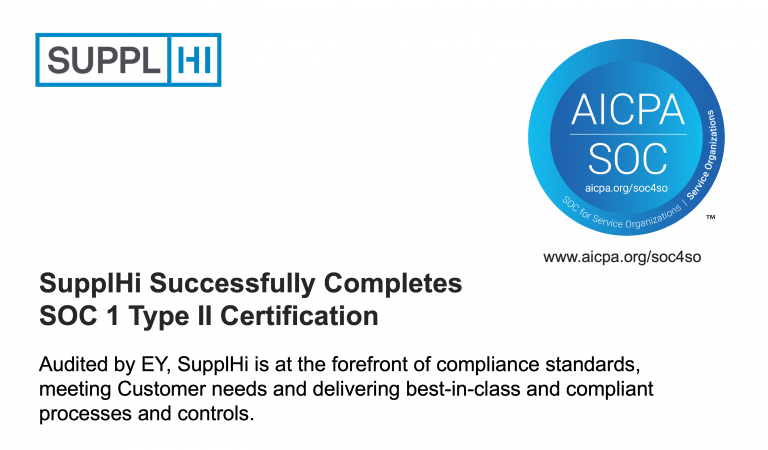The giant Egyptian gas field Zohr – with potential gas reserves of 850bn m3 – started production in less than 2.5 years since its discovery. The traditional schedule for this ~12 billion euro project would have required 7 to 9 years.
It’s common perception that Oil&Gas projects are becoming increasingly “fast-track”, a new buzzword in the industry. The logic is becoming more and more similar to the one of the Power industry. Benefits are clear: the time-to-market is quicker, equity development costs are lower, and accelerated cash flows are achieved by the End-Users.
The gradual recovery of the Oil&Gas industry that we are experiencing in 2018 is also leveraging on the ability of the value chain to sustain shorter lead times in the delivery on the plants. How feasible is this with the large set of actors involved?
The “Fast-Track” term is not new in the industry but its meaning is now different: in the past, it mainly relied on putting smaller, more marginal finds, into rapid production using the latest technology by linking them to existing economically viable fields.
Three levers are used by the End-Users in adopting an Unconventional approach to Conventional projects: parallelising stages, phasing the development and new way of engineering & procurement.
- A parallel approach means combining the exploration and development stages: initial analysis of the development potential is carried out at the same time as exploration is taking place, collecting the necessary information to improve project engineering and reduce the time required to reach the FID.
- The phasing of projects is also becoming a lever, especially in the Upstream segment: an accelerated start-up phase followed by a fast ramp-up to the production plateau. This also contributes to smaller projects, smaller contracts broken down in multiple EPC packages, larger End-Users’ direct involvement and more risk transfer to EPC players and suppliers.
- The new way of doing engineering and procurement is very critical and is being applied to all types of projects, not only the Exploration ones: Clients are making decisions in shorter time spans, with less elements available as well as contingencies by the different departments. A Design-to-Cost model is constantly adopted.
Meeting time, cost and quality objectives is an even more complex exercise, especially because the fast-track approach should not compromise Quality and HSE. The internal procedures – designed for the traditional approach – become a strong reference but deviations are possible with an empowerment of the Project Director and Project Manager figures.
Above all, in a fast-track project, there is “no more time to waste time”: all the processes that traditionally support the project but are “not productive” cannot be executed. For example, the vendor management is acquiring even more relevance if performed at Corporate level, with planning ahead of the next projects’ needs: vendor qualification has to happen well in advance, otherwise the fast-track project team will not be able to deliver. It’s not only a matter of costs and people allocated to these processes, but mainly a time constraint. Simplification of processes is also a lever through external providers able to deliver on time and on a short notice.
In a 15 month project – for example – there is not time for the thoughtful traditional qualification of new vendors that are required (new geography, new category of supply): only scouting and elaboration of a long list of new vendors typically takes approximately one month, pre-qualification of vendors requires another 2 to 3 months, while qualification with an assessment visit at the vendors’ premises – a couple of months for scheduling – requires the time of senior resources who will be busy defining the assumptions of the project with their colleagues. By the time the vendor is qualified the project should have been already procured months before. Therefore the traditional approach of vendor management is not compatible with fast-track projects and external providers specialized in this type of focused activities are becoming more and more necessary.
Furthermore, fast-track projects require a different way of managing vendors, that – in such projects – become Partners rather than just simple suppliers. Sharing of project assumptions and a mutually trustful collaboration are the key. The expectation of End-Users and Contractors is to deal with vendors that perfectly know the equipment and service being delivered, with proven experience and references for the case’s specifications, and who are available for changes without impactful claims. This is a strong difference from the recent experience of the global value chain where claims had become a daily activity for the parties involved.
Beyond the Zohr case, cases for fast-track projects are widespread globally: BP’s natural gas production has started 7 months ahead of schedule in the Atoll Phase 1 project on the North Damietta concession in the East Nile Delta, just 33 months after its discovery; Eni’s Amoca-3 well in the shallow waters offshore Mexico is on a fast-track development plan as well as ADNOC’s Hail and Ghasha development; in Venezuela, the fast-track installation of a 150 MMcf/D natural gas processing plant in 63 weeks (vs typical times of 4 to 5 years), enabled early initiation of production from the Perla field in Cardon block IV; among fast-track pipeline projects one that stands out is the $2 billion GAIL Urja Ganga project in India.
Even without considering these examples that shows us that it’s possible to reduce time-to-market by more than 50%, lower magnitudes (e.g. 5% to 20%) are also applicable. In fact, according to the SupplHi Projects Database, about 17% of the projects that have been completed in 2017 have been able to turn the key and start production ahead of the originally planned schedule. This has been mainly due to a larger availability of the value chain in delivering the activities – for example, yards on a global level have plenty of capacity – also to reach project milestones and sustain the cash flows of the individual vendor.
The entire value chain is adapting to this: EPC Contractors are scaling down their project teams; Vendors are designing fast-track project approacheswith dedicated Project Managers. Players able to cope with this new pace will be the winners.



